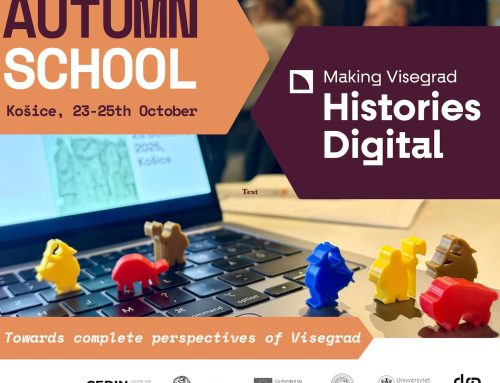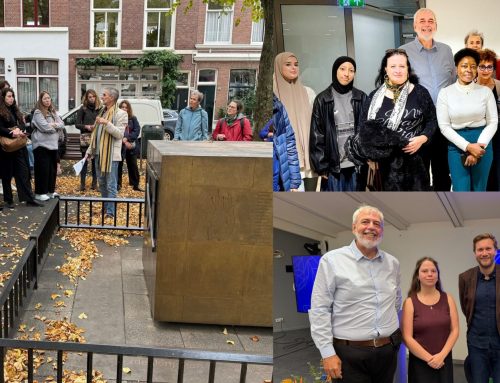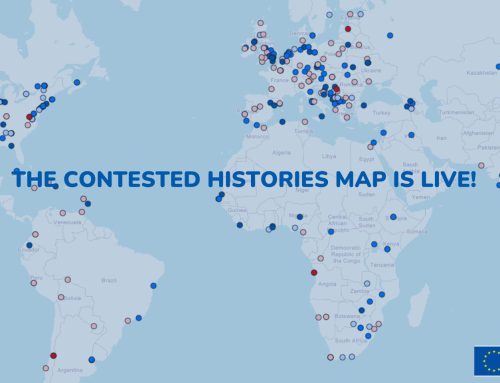In the early stage of the Learning to Disagree project, Georg Eckert Institute researchers performed a needs assessment, to collect the opinions and input from educators on the issue of debate, dialogue, and discussion in the classroom. Six focus group discussions were held, involving 25 participants from 23 European countries. Based on the data collected, a survey was developed, which gathered information from 117 respondents.
A number of findings were made based on the data collected. Firstly, the inquiry identified a working definition of contested issues, which refer mostly to disputes based on competing, often irreconcilable values. Contested issues were mostly found in recent history, and were often of a national rather than international character. Concrete examples of contested issues teachers deal with in the classroom are both World Wars, Fascism, Communism, the Cold War, and migration, among others.
Participants of the focus groups and respondents from the survey identified dialogue, discussions and debates as tools of paramount importance in order to encourage students to deal with multiple perspectives on contested issues. The ability of educators to implement these tools is often hindered by factors such as a lack of resources representing different viewpoints, the duty of neutrality of educators, ingrained nationalism in society, and political pressure by authorities.
From the data collected, three main teaching approaches to contested issues were identified: the critical thinking, the “battling” stereotypes and the creation of empathy approaches. The critical thinking approach is based on critical assessment of sources taken from a variety of perspectives, underlining how different societal groups experienced the same events differently, and encouraging an understanding of history as a complex, multi-perspective discipline. Secondly, the “battling” stereotypes engages students directly on biases they may have. Students are confronted with the historical wrongdoings of their own social groups, and challenged on their potential lack of knowledge on minorities and other perspectives. Lastly, the creating empathy approach attempts emotionally engage students in order to prompt feelings of genuine interest and care, which will aid the creation of empathy in the classroom.
These findings identified in the Preliminary Needs Assessment will inform the creation of material for the next intellectual outputs of the Learning to Disagree project, such as the exemplar content the teacher’s guides, the training package and, eventually, the recommendations to policymakers.












